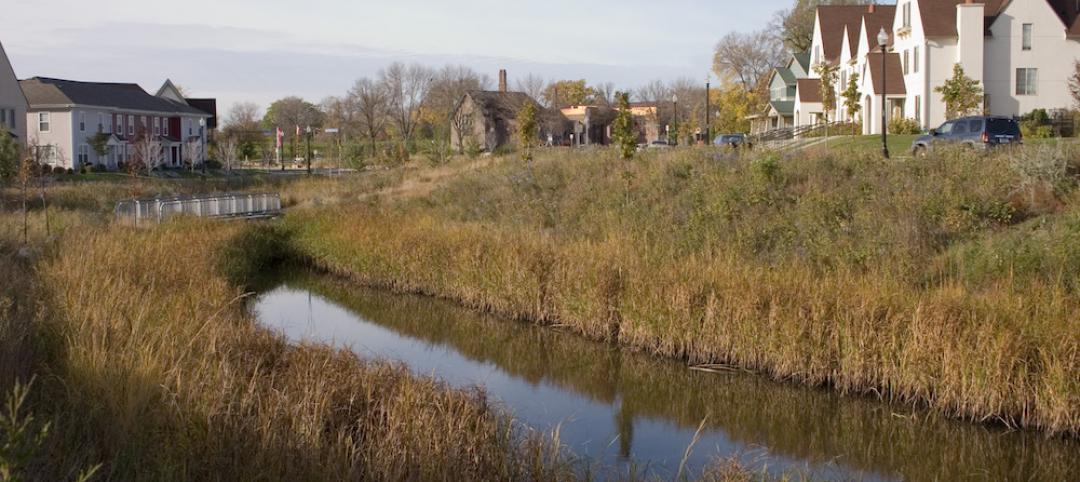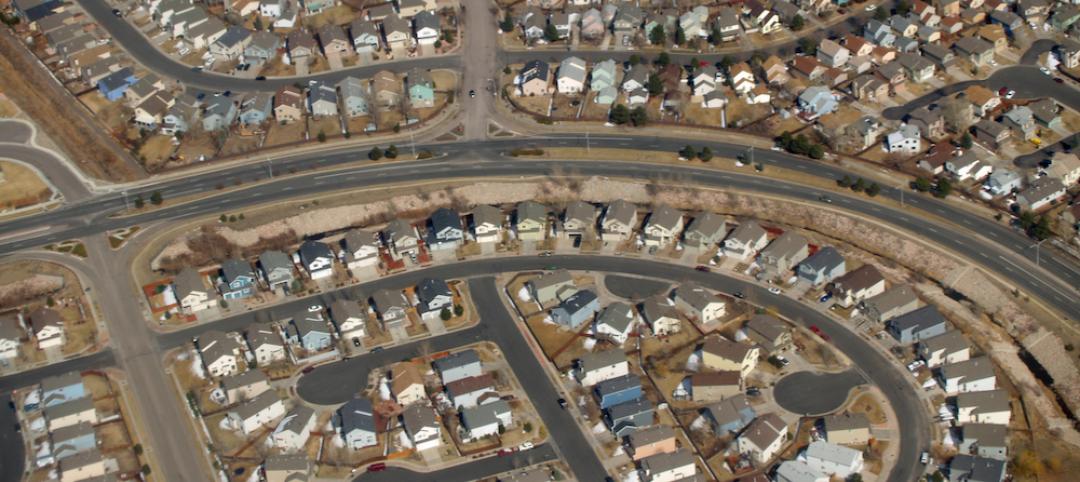Research at Case Western Reserve University has found that buildings that rock during an earthquake and return to plumb would withstand seismic shaking better than structural designs commonly used today in vulnerable zones of California and elsewhere.
Those buildings would also be more easily and cheaply repaired and could be put back into use faster, said Michael Pollino, an assistant civil engineering professor at Case School of Engineering. The computer model research suggests optimal sizes for damping devices and steel yielding devices that dissipate the energy of a quake.
Pollino’s model compares rocking steel-braced frames to current earthquake standards used in low- to mid-rise buildings. "Currently, engineers are designing low-rise structures for an earthquake that has a 10% chance of occurring in a 50-year-lifetime," Pollino said. "We accept there will be damage, but no collapse or loss of life. But what about an event that has a 50% chance of occurring? You may still have to tear the building down afterward.”
Pollino and other researchers are finding advantages to the design, which has not yet made it into practice. He and colleagues are discussing forming a technical committee of civil engineers that would advance the technology into practice. Pollino is now applying for funding to begin physically testing designs in the university's structures laboratory.
Related Stories
Codes and Standards | May 24, 2016
Ontario planning to spend $7 billion on wide-ranging climate change plan
Includes financial incentives to retrofit buildings.
Codes and Standards | May 23, 2016
Facility managers say Internet of Things, analytics will impact maintenance soon
More reliable data needed for optimal results from the technology.
Codes and Standards | May 20, 2016
Industry leaders call for wider use of bamboo as a building material
Benefits include seismic resiliency and sustainability.
Codes and Standards | May 19, 2016
Asphalt roofing group publishes updated shingle installation guide
Technical manual provides best practices for roofing professionals.
Codes and Standards | May 16, 2016
EPA proposes new stormwater discharge regulations for construction sites
Would apply to sites of one or more acres.
Roofing | May 16, 2016
New guide focused on increasing energy and structural performance with raised-heel trusses
Higher trusses simplify attic ventilation, leave more space for insulation.
Codes and Standards | May 11, 2016
Current California seismic codes provide safety, resiliency, but needed upgrades present challenge
Los Angeles requires seismic retrofits, but other cities do not.
Codes and Standards | May 10, 2016
Apple spars with Cupertino, Calif., mayor over strained city infrastructure
Apple’s new ‘spaceship’ campus project prompts questions about whether the company should pay more to offset traffic woes.
Codes and Standards | May 9, 2016
Safety Stand-Down yields proposals to boost construction safety
One example: Gilbane encourages safety harnesses for all working above 6 feet.
Codes and Standards | May 9, 2016
EcoDistricts unveils sustainable neighborhood framework
Focus is on equity, resilience, and climate protection.
















